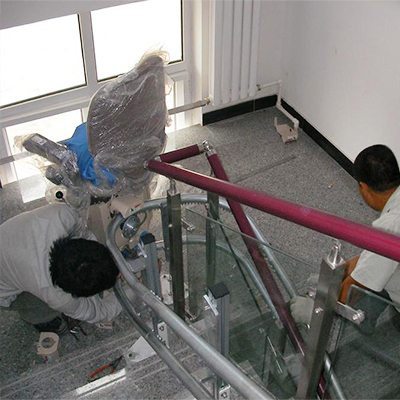
When installing curved stair lifts, there are several factors that need to be taken into consideration to ensure the safety and functionality of the lift. Here are some of the key factors to keep in mind:
Staircase design: The design of your staircase will play a significant role in determining the feasibility of installing a curved stair lift. The more complex the curve or shape of your staircase, the more customized the lift will need to be. It’s important to work with a reputable stair lift company that can assess the design of your staircase and recommend the best solution.
Weight capacity: Another important factor to consider is the weight capacity of the curved stair lift. Make sure to choose a lift that can accommodate the weight of the individual who will be using it, as well as any additional items that may need to be transported up and down the stairs.
Safety features: Safety should be a top priority when installing a curved stair lift. Make sure that the lift comes equipped with essential safety features such as seat belts, sensors to detect obstacles on the stairs, and emergency stop buttons. Additionally, consider whether additional safety features such as a power backup system or swivel seat are necessary.
Installation process: Installing a curved stair lift can be a complex process that requires precision and expertise. It’s important to work with a professional installer who has experience with curved stair lifts and can ensure that the lift is installed correctly and operates smoothly.
Maintenance requirements: Like any piece of equipment, curved stair lifts require regular maintenance to ensure their continued operation. Consider the maintenance requirements of the lift and factor this into your decision-making process.
